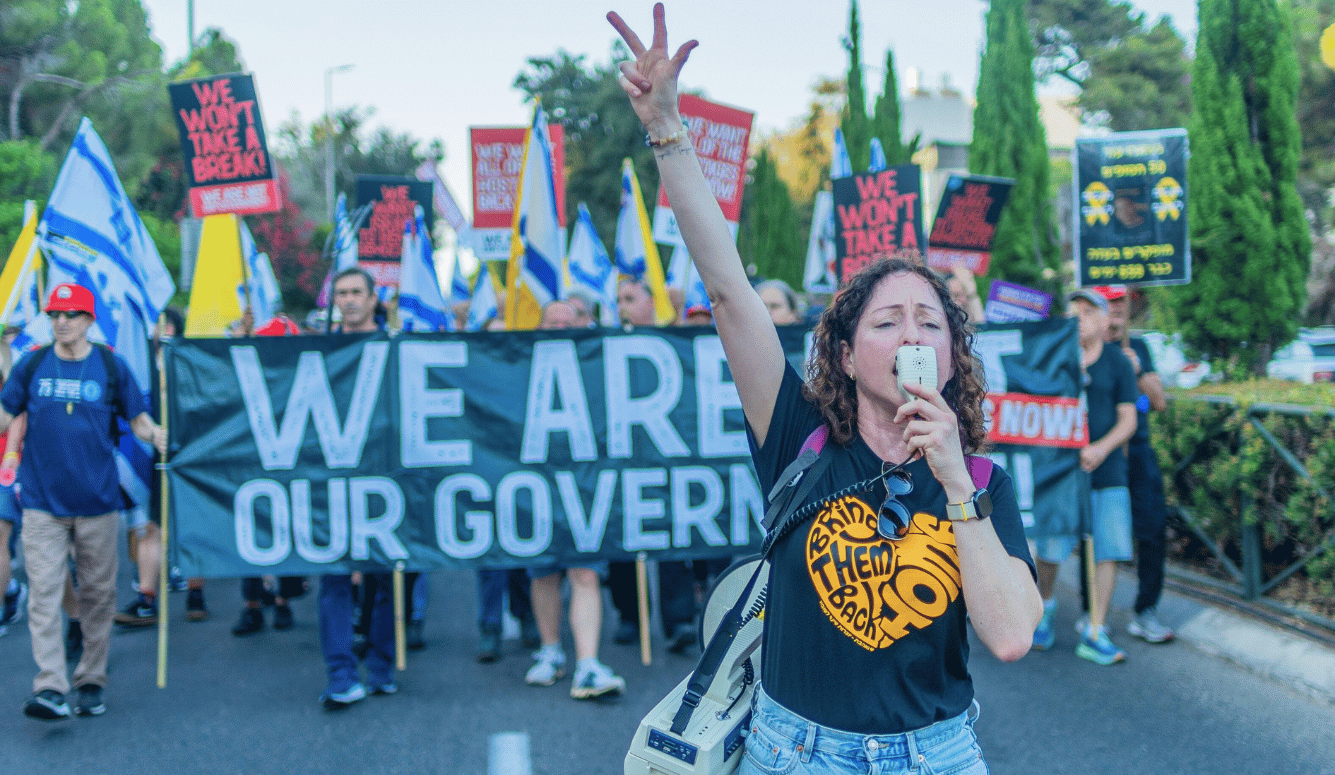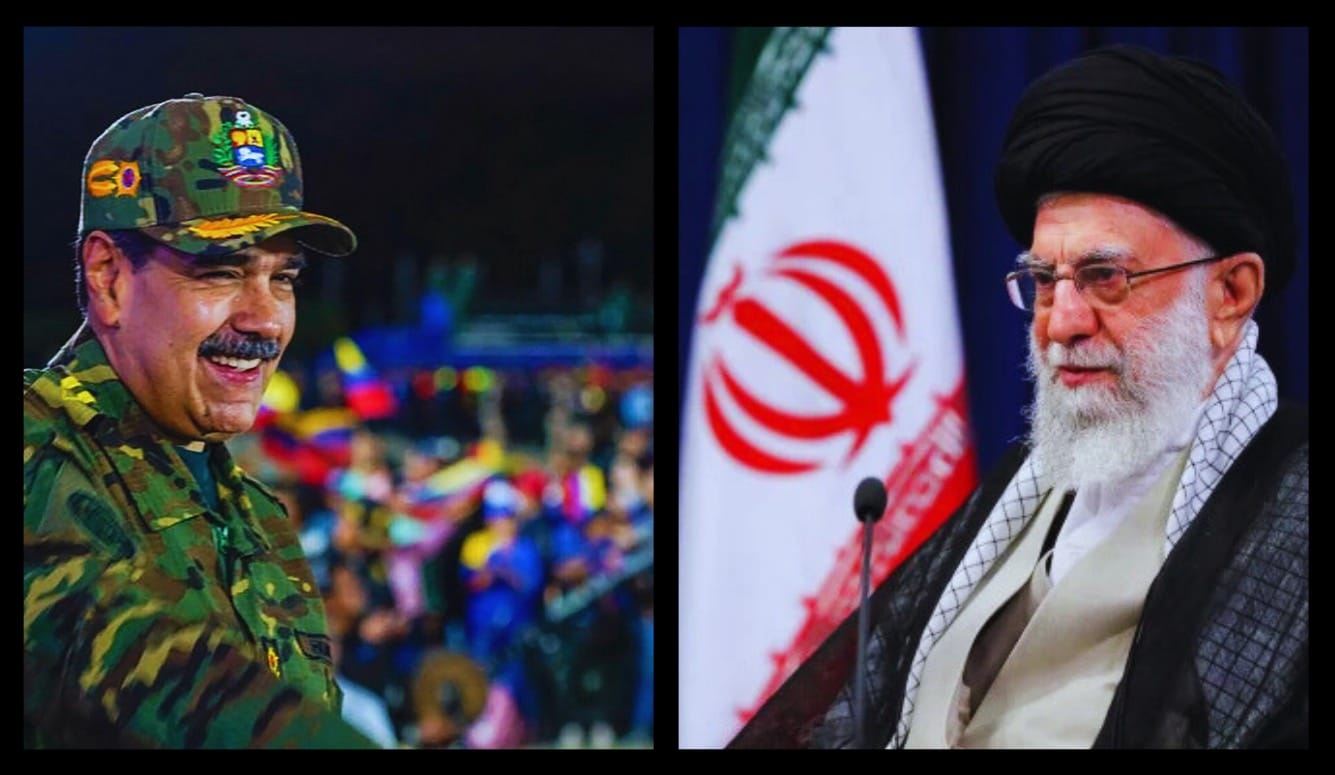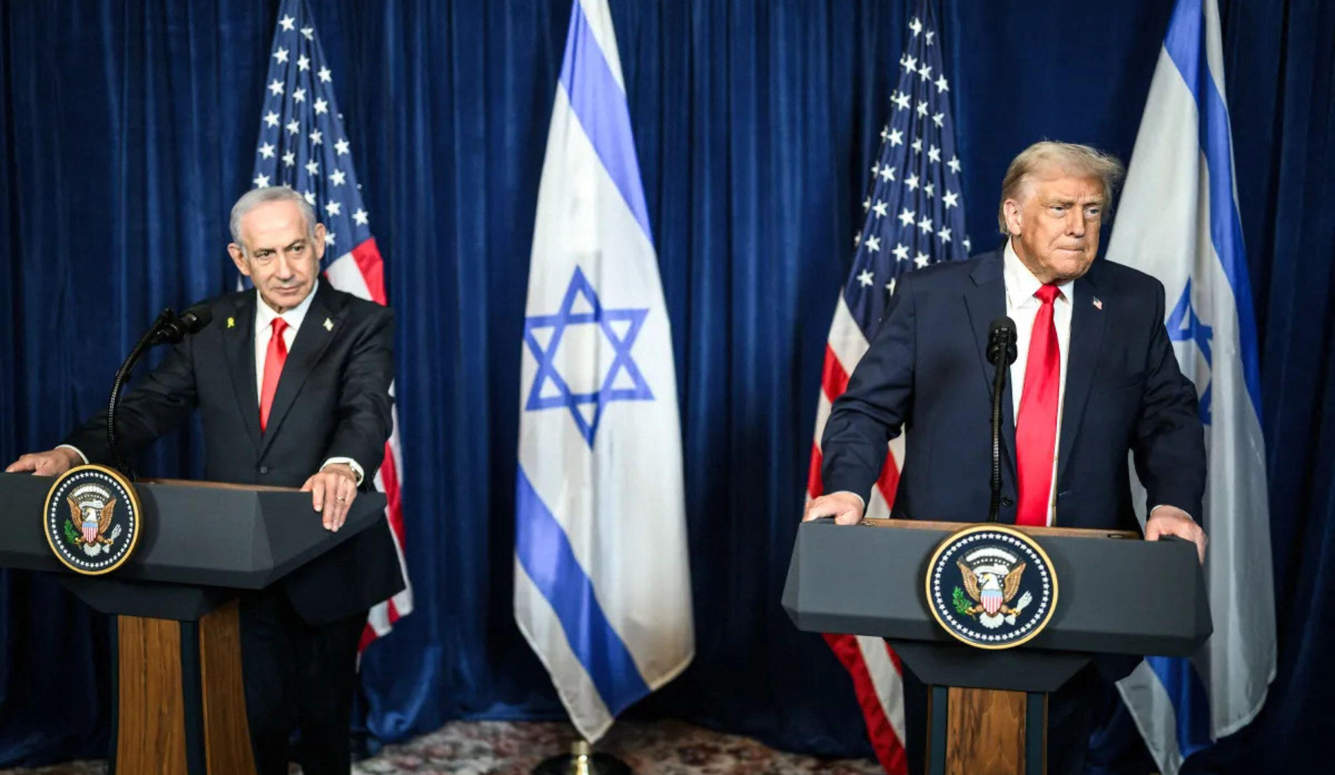Israel
Half-Time for Hamas
Benjamin Netanyahu faces unrest at home and simmering conflicts on multiple fronts as he contemplates a new offensive to occupy Gaza.

We seem to have reached a kind of half-time in the Islamist war against Israel, which began on 7 October 2023 with Hamas’s invasion of southern Israel, in which some 1,200 Israelis were murdered, together with a handful of foreign guest-workers, and a further 251 taken hostage. While the war has focused on Gaza, where Hamas is based, the other fronts ignited by the invasion—in Yemen, Iran, southern Lebanon, southern Syria, and in the occupied West Bank—appear somewhat dormant.
But the relative quiet may be deceptive. In Lebanon, the Islamist organisation Hezbollah, which received a thrashing at the hands of the Israel Air Force (IAF) in October–November 2024, is desperately trying to re-arm and re-establish a foothold in the south of the country, on both sides of the Litani River. Israeli intelligence and drones are keeping constant watch, and the IAF periodically kills Hezbollah operatives, interdicts Iranian arms and cash shipments, and bombs rocket storage and launching sites. Since the signing of the American–Israeli–Hezbollah ceasefire deal last November, some 250 Hezbollah operatives operating in southern Lebanon in contravention of the agreement have been killed. Meanwhile, IDF troops continue to occupy five strategic outposts on the Lebanese side of the border—also in contravention of the agreement. So far, Hezbollah—fearing a renewed all-out Israeli assault—has refrained from retaliation. But under pressure from Iran and from the organisation’s rank-and-file, Hezbollah’s leaders could order reprisals at any time, thus renewing full-scale war with Israel.
And the potential for fresh, major hostilities in Lebanon is not limited to war between Hezbollah and Israel. Last week, Lebanon’s government, under President Joseph Aoun, announced that it will disarm Hezbollah by the year’s end, in line with the terms of the ceasefire agreement. Hezbollah has vowed to resist, and its major regional backer, Iran, has denounced the Lebanese government’s decision. Aoun has countered that Lebanon will not countenance “foreign interference.” So far, Hezbollah has expressed its displeasure with Aoun largely through noisy street demonstrations in Beirut. But last week, six Lebanese Army soldiers were killed by a booby-trap while trying to dismantle a Hezbollah weapons storage facility outside Tyre. Whether this was a recent booby-trap, designed to kill Lebanese soldiers, or was of older vintage is unknown. But clearly, the possibility of civil war is again in the air. Lebanon’s last civil war between the Christian and Muslim communities, which permanently scarred the psyches of all Lebanese, lasted sixteen years, ending in 1991. Despite the risk of civil war, however, the Lebanese government and army, prodded by Israel and America, appear determined to push ahead in their efforts to disarm Hezbollah. While the terrorist group lost most of its heavy weaponry to IAF strikes last year, it still retains an abundance of small arms and a steadfast determination to remain decisive both in Lebanon’s internal politics and in those of the wider Middle East.





